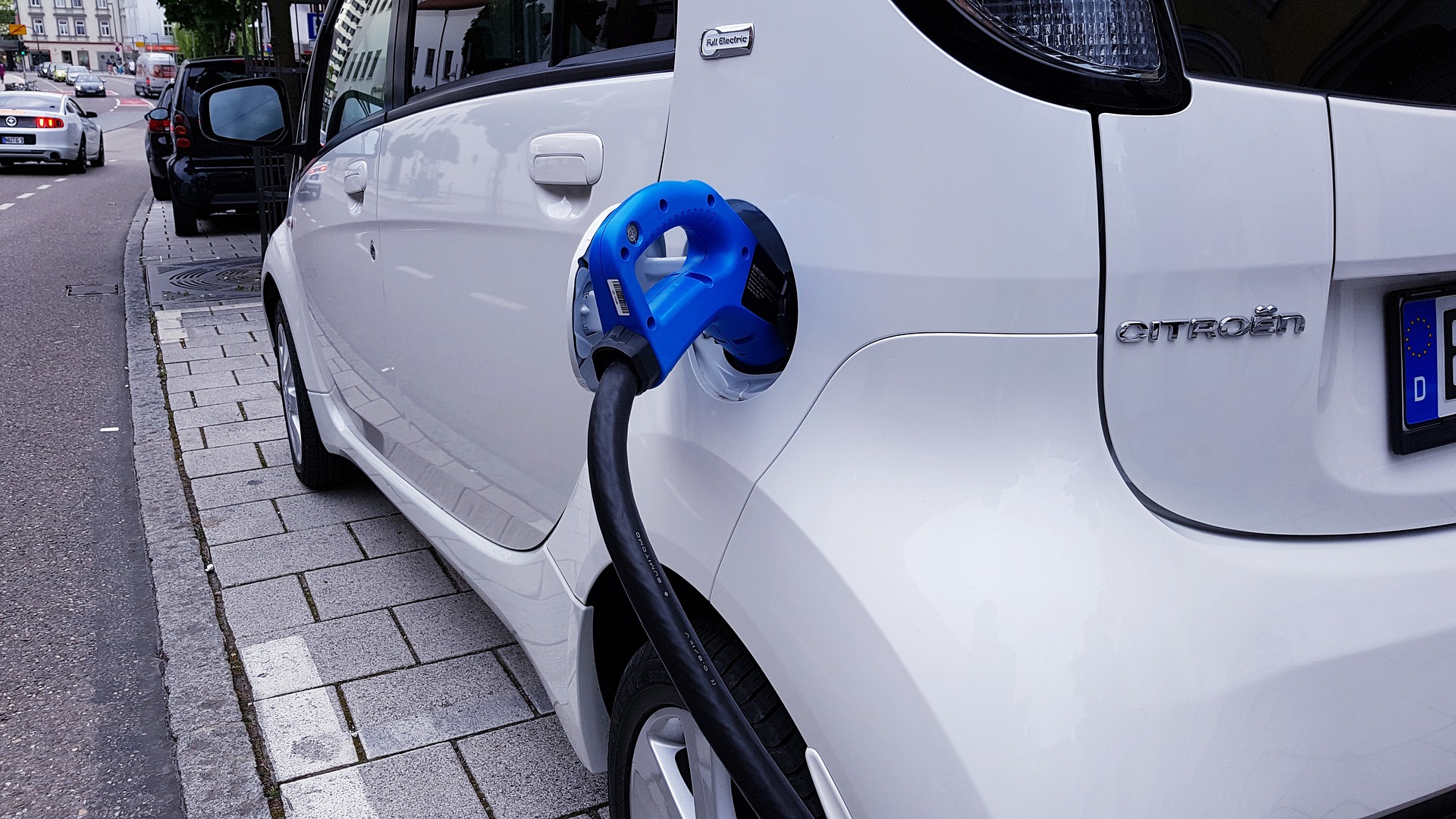Electric Cargo Trikes Transform Urban Delivery Systems
Electric cargo trikes are revolutionizing urban logistics by offering sustainable alternatives to traditional delivery vehicles. These three-wheeled electric vehicles combine the maneuverability of bicycles with the cargo capacity needed for commercial deliveries. As cities worldwide seek to reduce emissions and traffic congestion, electric cargo trikes provide an efficient solution for last-mile delivery challenges while supporting environmental goals.

Urban delivery systems face mounting pressure to become more sustainable and efficient. Electric cargo trikes represent a significant advancement in eco-friendly transportation, offering businesses a practical alternative to conventional delivery trucks and vans. These innovative vehicles are designed to navigate crowded city streets while carrying substantial loads, making them increasingly popular among logistics companies and independent delivery services.
How Electric Cargo Trikes Support Eco-Friendly Logistics
Electric cargo trikes contribute to sustainable logistics through multiple environmental benefits. Unlike diesel or gasoline-powered delivery vehicles, electric trikes produce zero direct emissions during operation. This reduction in air pollution significantly improves urban air quality, particularly in dense metropolitan areas where traditional delivery vehicles contribute to smog and respiratory health issues.
The energy efficiency of electric cargo trikes surpasses conventional delivery vehicles by substantial margins. Electric motors convert approximately 90% of electrical energy into mechanical energy, compared to internal combustion engines that typically achieve only 20-30% efficiency. This superior energy conversion translates to lower operational costs and reduced environmental impact per delivery.
Battery technology advancements have extended the range and reliability of electric cargo trikes. Modern lithium-ion batteries provide 40-80 miles of range on a single charge, depending on cargo weight and terrain. Regenerative braking systems further enhance efficiency by capturing energy during deceleration, extending battery life and reducing charging frequency.
Comparing Trike Efficiency With Traditional Delivery Vehicles
Efficiency comparisons between electric cargo trikes and traditional delivery vehicles reveal significant advantages for trikes in urban environments. Electric cargo trikes typically weigh 150-300 pounds without cargo, compared to delivery vans weighing 6,000-10,000 pounds. This weight difference translates to substantially lower energy consumption per mile traveled.
Parking efficiency represents another crucial advantage. Electric cargo trikes require minimal parking space and can access bike lanes, pedestrian areas, and narrow streets where larger vehicles cannot operate. This accessibility reduces delivery times and enables more efficient route planning in congested urban areas.
Maintenance requirements for electric cargo trikes are significantly lower than traditional delivery vehicles. Electric motors have fewer moving parts than internal combustion engines, reducing mechanical wear and maintenance frequency. Regular maintenance typically involves battery care, tire replacement, and basic component inspections, resulting in lower long-term operational costs.
Urban Infrastructure and Charging Setup for E-Trikes
Urban infrastructure development increasingly accommodates electric cargo trikes through dedicated charging stations and supportive policies. Many cities now install public charging points specifically designed for electric bikes and trikes, often powered by renewable energy sources such as solar panels.
Charging infrastructure for electric cargo trikes is less complex than automobile charging networks. Most electric cargo trikes use standard electrical outlets or specialized charging stations that can fully charge batteries within 4-6 hours. Fast-charging options reduce this time to 2-3 hours for emergency situations or high-frequency usage scenarios.
Business charging solutions vary based on operational needs and fleet size. Small businesses often use standard electrical outlets in warehouses or storefronts, while larger operations invest in dedicated charging stations with multiple ports. Smart charging systems optimize energy usage by scheduling charging during off-peak electricity hours, reducing operational costs.
| Provider | Model | Range (Miles) | Cargo Capacity | Price Range |
|---|---|---|---|---|
| Rad Power Bikes | RadWagon | 25-45 | 350 lbs | $1,899-$2,299 |
| Urban Arrow | Cargo | 37-62 | 440 lbs | $4,500-$6,200 |
| Tern | GSD S10 | 31-62 | 440 lbs | $3,999-$4,799 |
| Riese & Müller | Load 75 | 37-87 | 440 lbs | $5,999-$7,499 |
| Yuba | Spicy Curry | 25-50 | 440 lbs | $2,799-$3,599 |
Prices, rates, or cost estimates mentioned in this article are based on the latest available information but may change over time. Independent research is advised before making financial decisions.
Government incentives and regulations increasingly favor electric cargo trikes in urban planning initiatives. Many municipalities offer tax credits, rebates, or reduced licensing fees for businesses adopting electric delivery vehicles. Some cities implement low-emission zones where only electric vehicles can operate during certain hours, creating competitive advantages for businesses using electric cargo trikes.
The integration of electric cargo trikes into existing transportation networks requires careful consideration of traffic patterns, safety regulations, and infrastructure capacity. Bike lane expansions, dedicated loading zones, and traffic signal timing adjustments help optimize trike operations while maintaining overall traffic flow.
Electric cargo trikes represent a transformative solution for urban logistics challenges, combining environmental sustainability with operational efficiency. As battery technology continues improving and charging infrastructure expands, these vehicles will likely play an increasingly important role in creating cleaner, more efficient urban delivery systems. The growing adoption of electric cargo trikes demonstrates how innovative transportation solutions can address both environmental concerns and business operational needs in modern cities.




